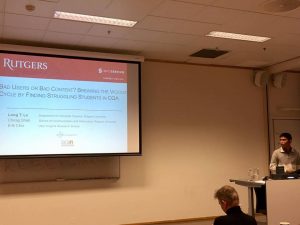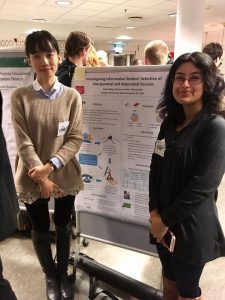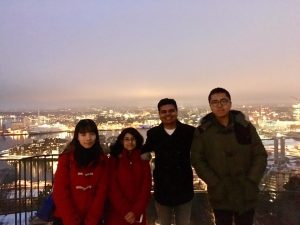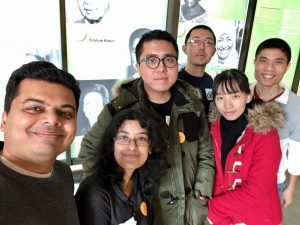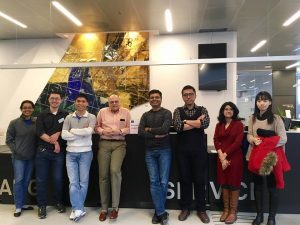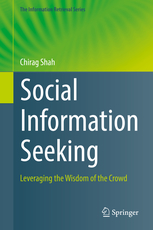“Conflict is not inevitable, but disarmament is” – Tony Blair
In 2001 Wallensteen, & Sollenberg defined an armed conflict as a contested incompatibility that concerned a government and/or territory where the use of armed force between two parties, of which at least one was the government of a state, resulted in at least 25 battle-related deaths. However, thanks to the rapid evolution of the nature of conflicts, the above definition and most of our conception and previous studies of armed conflicts are rapidly becoming outdated. For example, their root cause is gradually shifting from territorial gains to other, far more pressing agendas such as gaining control of valuable natural resources including water, energy supplies, sources of rare earth minerals, etc. In this post, I will tell you a bit about armed conflicts and related research, and what myself and some other lab members are doing to contribute to conflicts’ end.
In the early 1970s, environmental issues emerged on the international political agenda. Since then there has been mounting concern that environmental disruption is likely to increase the number of disputes originating from competition for scarce resources (Gleditsch, 1998). Former Norwegian Defense Minister Johan Jørgen Holt (1989) echoed this idea when he cautioned the world that environmental stress was likely to become an increasingly potent contributing factor to major conflicts between nations.
However, that doesn’t mean that territorial claim has entirely lost its potency in terms of its contribution to the conflicts. Recently, economic zones have escalated the territorial conflicts. Disputes occur between countries in close proximity to the sea where tiny islands can sometimes assume monumental national interest because of their consequences for controlling maritime shipping lanes. For example, there are no less than six claimants to all or part of the Spratly Islands in the South China Sea (Denoon & Brams, 1997), where the use of force anytime cannot be ruled out.
Beyond motivations behind armed conflicts, the nature of war is also changing. For example, the last decade saw a major increase in the number of prolonged civil wars as opposed to short-term border skirmishes. Iraq and Syria provide prime examples. According to Syrian Observatory for Human Rights, Syria, facing probably the worst civil war crisis in centuries, has already witnessed at least 321,358 casualties since the war began in March 2011.

(Picture: Free Syrian Army fighters exchange fire with regime forces in the Salah Al Din neighborhood of Aleppo, Aug. 22. Credit: James Lawler Duggan)
In 2003, Richard Smalley identified war as the sixth (of ten) biggest problem facing humanity for the next fifty years. War usually results in significant deterioration of infrastructure and the ecosystem, a decrease in social spending, famine, large-scale emigration from the war zone and often the mistreatment of prisoners of war or civilians.

(Picture: A man sits amid debris after an apparently random air attack by forces loyal to Syria’s President Bashar al-Assad in Aleppo. Credit: Hosam Katan/Reuters)
Still more disturbing is the fact that those who suffer most in wars are often children, who comprise our next generation. Taking note of the continuously degrading lives of children in war-torn countries, the then UN chief Ban Ki Moon opened the Security Council’s debate on children and armed conflict in August 2016 with, “In places such as Iraq, Nigeria, Somalia, South Sudan, Syria and Yemen, children suffer through a living hell.”

(Picture: France is mobilized on the issue of protection of children in armed conflicts. Credit: AFP/Simon Maina)
This is our effort to mitigate the chances of future conflicts by analyzing the characteristics of current world conflicts and studying their evolution from the historical data of previous violence, with the aim to predict what might cause future warfare. For example, we would like to gather information concerning how long conflicts last, casualties and factors contributing to conflicts’ initiation and end. We would like to draw correlations between types of countries, religion, types of parties in conflict, casualties, etc. A preliminary version of the analysis is already available at this link.



